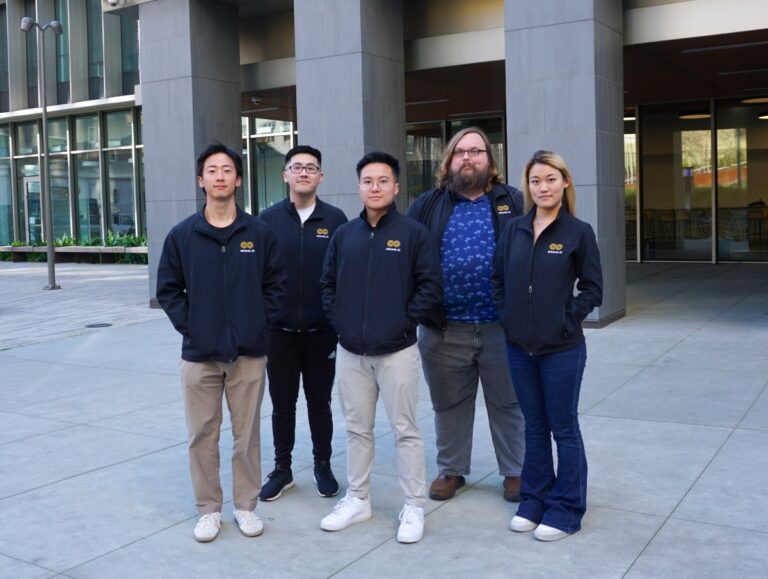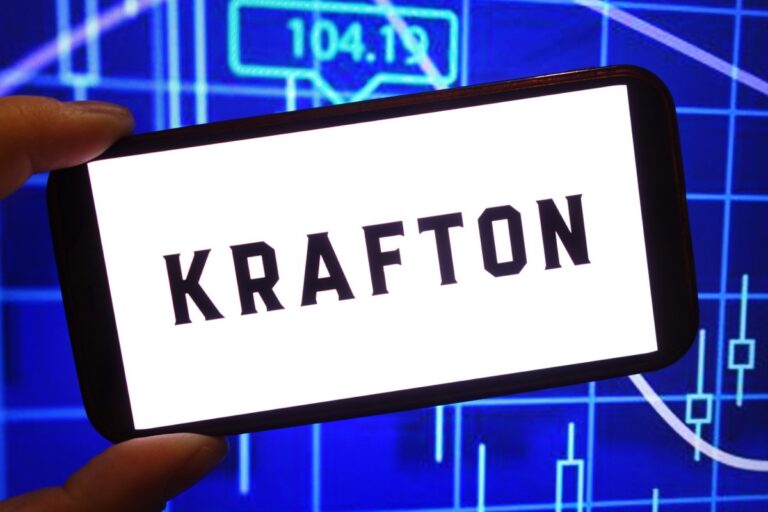Turbine Secures $22M Funding to Empower VC Investors with Liquid Solutions Without Stake Sales
In recent years, the venture capital landscape has faced significant challenges, particularly regarding liquidity for limited partners (LPs) in private equity and venture funds. As IPOs have slowed to a near standstill, LPs are increasingly seeking innovative solutions to access their investments. This article explores how entrepreneur Mike Hurst has addressed the liquidity issue through his new venture, Turbine.
The Liquidity Challenge for Limited Partners
The lack of cash returns has posed a serious dilemma for wealthy individuals and small family offices that invest substantially in venture capital funds. Many investors have found their funds locked up, leading to financial strain and limited options.
Mike Hurst’s Experience
Mike Hurst, the founder of Exactuals, faced liquidity issues after selling his startup to City National Bank in 2018. He invested a significant portion of his earnings into tech stocks and venture funds. However, when tech stocks plummeted in 2022, Hurst found himself without enough free cash to meet capital calls from VC firms. He stated:
“Firms kept coming for capital calls and new investments. I wanted to make them, but I didn’t want to mortgage the house, take a margin line, or sell Amazon at $90 when I knew it was going back to $210.”
Introducing Turbine: A Solution for Limited Partners
Hurst’s experience led him to create Turbine, a debt platform designed specifically for limited partners in private equity and venture capital. This innovative service allows LPs to borrow funds, using their stakes in venture funds as collateral, similar to how a home equity line of credit works.
Funding and Support for Turbine
On its launch day, Turbine announced it has raised $22 million in equity funding, co-led by Alpha Edison and TTV Capital, along with contributions from Fin Capital, B Capital, and Sozo Ventures. Additionally, the company secured up to $100 million in debt financing from Silicon Valley Bank to support its lending operations.
How Turbine Works
- Turbine allows LPs to use their fund stakes as collateral for loans.
- This model provides liquidity without requiring the sale of assets at a discount.
- For example, an LP can leverage a $10 million valuation from an initial $3 million investment to secure a loan.
However, potential borrowers should be aware that the interest rates for these loans are around 9%, which is higher than the current prime rate of 7.5%. Despite this, Garrard from TTV Capital believes that the option is still more favorable compared to selling stakes on secondary markets at a loss.
The Future of Turbine and Its Impact
Turbine’s initial clients include the five venture firms that participated in its equity raise. These firms are already offering their LPs access to Turbine’s credit solutions. Hurst plans to expand the product’s availability to additional VC funds following the launch.
As Garrard remarked, “I couldn’t believe we didn’t have something like this for our LPs before.” With Turbine’s innovative approach, limited partners may finally find the liquidity solutions they have been searching for in an evolving venture capital landscape.
For further insights on venture capital trends and liquidity solutions, visit TechCrunch’s Venture Capital section.







